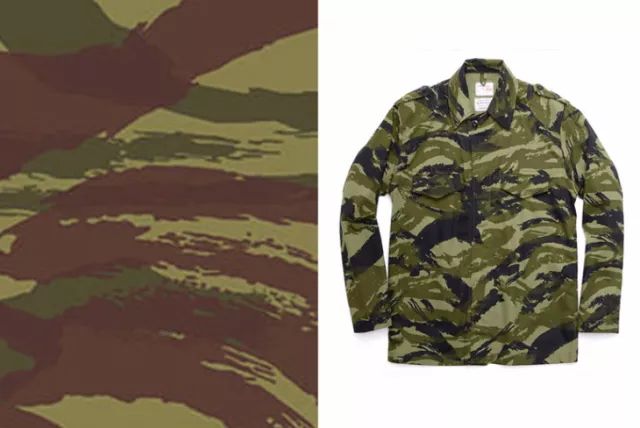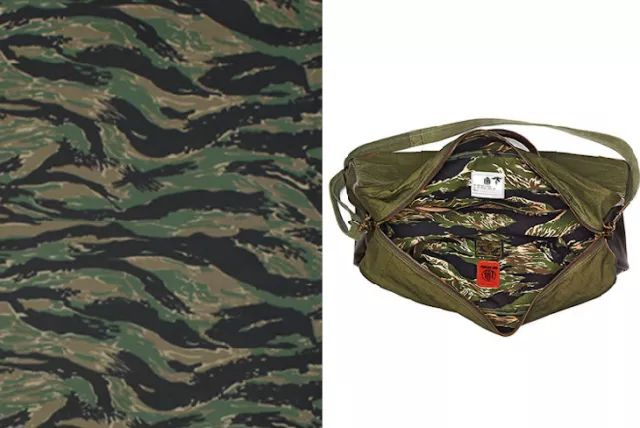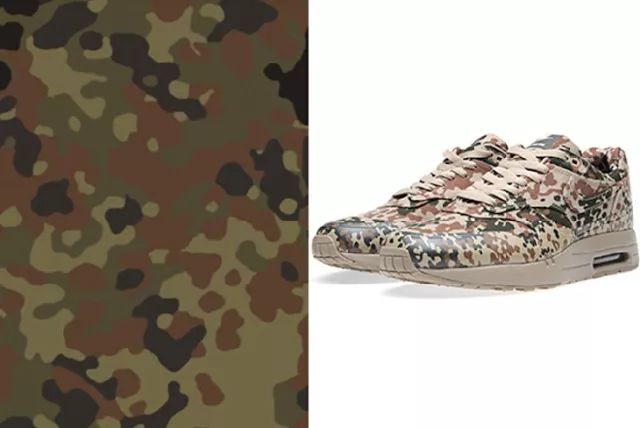Brushstroke
During World War II, British paratroopers were the first to invent a camouflage suit called "Brushstroke camo", which was made by using a large brush to paint different colors on their khakis before entering enemy territory.

Tigerstripe
The tiger pattern was first invented by Vietnamese in the 1960s as a Crypsis pattern, which was adopted by most Vietnamese marines. The black background color combined with brown and green stripes make the tiger pattern particularly effective in the bamboo rich tropical rainforests of Southeast Asia, to the extent that US special forces continue to wear the same pattern of clothing after the war.

Duck Hunter
Of all the camouflage patterns, the most popular one is undoubtedly the duck hunting pattern. The duck hunting pattern from the 1960s to the 1990s was initially called US M1942- the Crypsis pattern used by the US military on the Pacific battlefield during World War II. The hunting duck pattern is formed by adding at least two colors to an inherent background color.

Flecktarn
The spotted pattern gained the favor of designers in the mid-1970s and quickly became a standard configuration for the German military. This leopard like pattern is similar to the forests of North America. Therefore, spotted patterns are common to many European designers.
